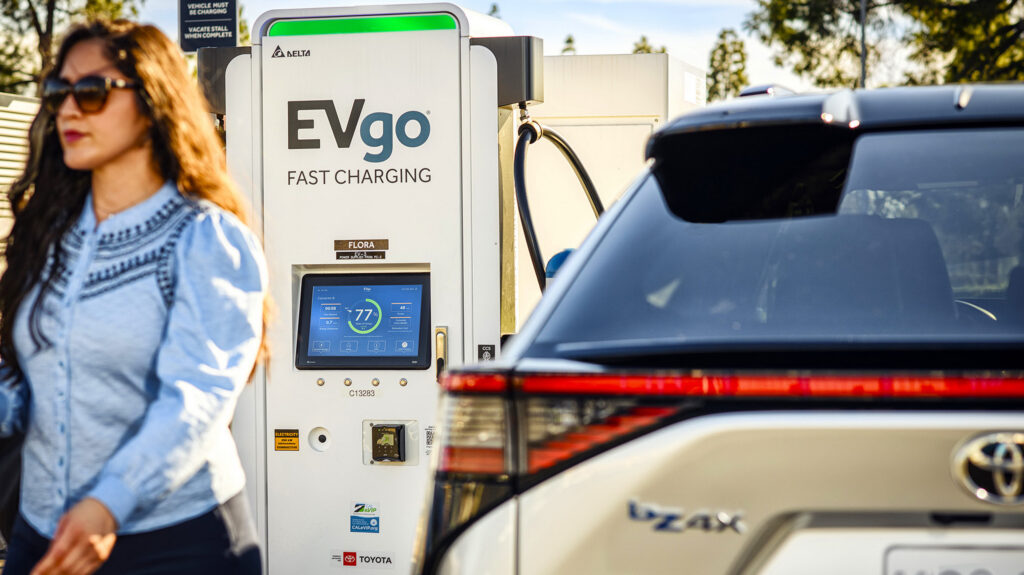Background

In a surprising development, Senate Republicans have voted to curtail California’s authority to set its own vehicle emissions standards. For years, California has led the charge in aggressive clean-air mandates, even planning to cease the sale of new gas-powered vehicles by 2035. However, with the recent Senate vote passing 51-44, California’s leverage on emissions has been significantly challenged. The decision revokes the state’s federal emissions waiver, casting doubt on the future of its air quality policies.
Legal Challenges
The vote was controversial, with two nonpartisan agencies—the Senate parliamentarian and the Government Accountability Office—highlighting legal concerns. Yet, the Senate proceeded, challenging California’s emissions authority through the Congressional Review Act. This move has sparked a fierce debate over state rights and federal overreach.
The Broader Impact
California, often seen as a trailblazer for environmental standards given its status as the world’s fourth-largest economy, heavily influences the automotive market. Automakers who aim to remain competitive have traditionally aligned with California’s emissions guidelines. With Trump’s signature potentially sealing this new legislation, the state’s precedent-setting influence faces unprecedented scrutiny.
Governor Gavin Newsom expressed his concerns, pointing out the broader implications for American automotive dominance and public health standards. His sentiment echoes the frustration of many state leaders who are now questioning the federal government’s motivations.
Opposition Perspective
Critics of California’s regulations argue that the state’s mandates are impractical and too aggressive given current market capabilities. Former President Trump and other conservative leaders have positioned this intervention as a necessary step to prevent California from disproportionately influencing national policy. Republican voices caution against allowing one state to dictate automotive standards for the country.
John Bozzella from the Alliance for Automotive Innovation has pointed out the gap between California’s EV sales targets and actual market readiness. Concerns over infrastructure, affordability, and range anxieties contribute to the U.S.’s relatively slow EV adoption rates, making the 2035 gas car ban seem unrealistic.
What Lies Ahead?
Automakers are now in a complex position as they must navigate this evolving regulatory landscape. The U.S.’s transition to more sustainable vehicle options remains a national discussion, with California at the heart of it. Whether California will maintain any form of influence over vehicle emissions, or whether this marks a new, federally-dominated era, remains to be seen.
Stellantis Special Edition
Tesla FSD Crash News
Lotus Emira V8 Plan
Boxster Cayman Finale
Sodium-Ion Shakes EVs